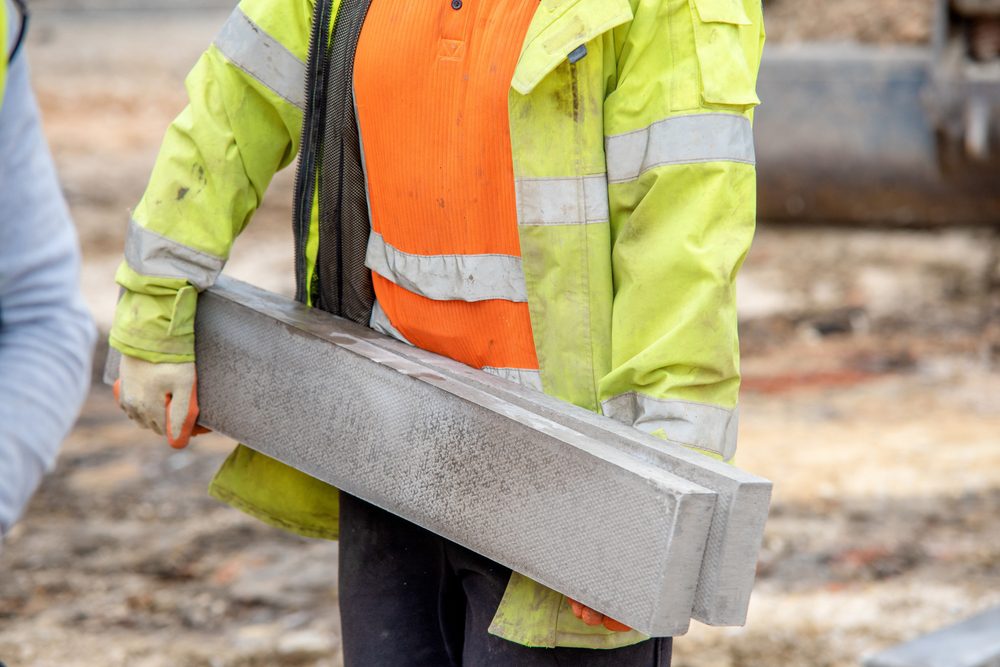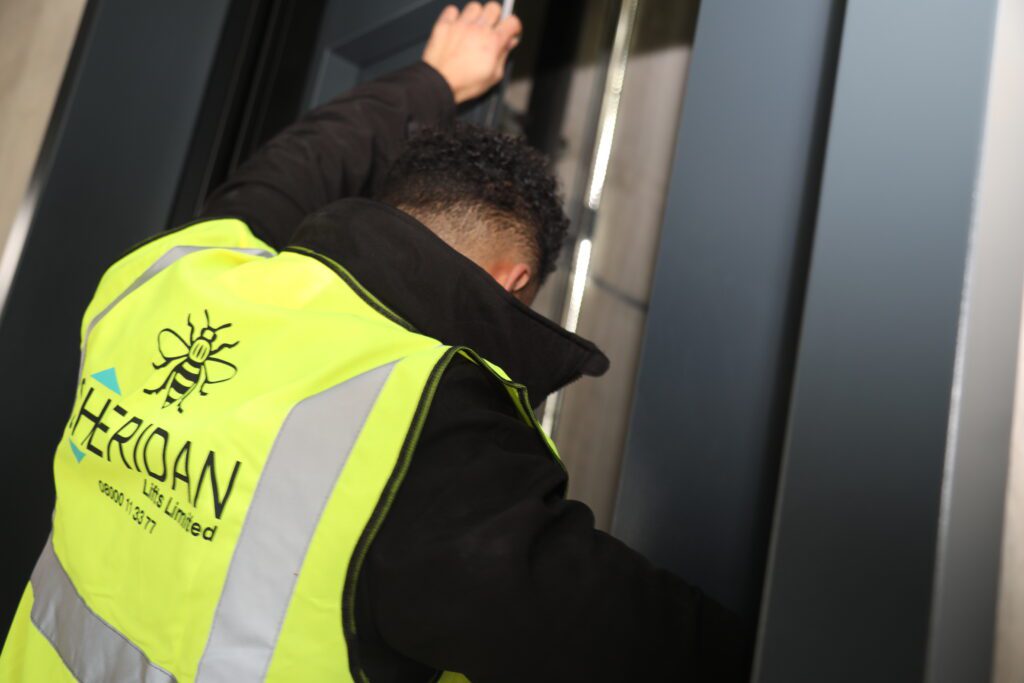Manual handling is a part of the majority of people’s work days, in some form or another. Even if you don’t think that your job involves manual handling, there are probably still instances where your team is carrying, pulling, pushing, or lifting loads.
At Sheridan Lifts, we offer a range of lift installation services to help the businesses we work with reduce their manual handling risks, as well as to improve efficiency and accessibility in the workplace.
To learn more about manual handling at work, and how Sheridan Lifts can help you improve your manual handling strategy, keep reading, or get in touch with our expert team!
What Manual Handling?
Manual handling rules for businesses are set out in the Manual Handling Operations Regulations (MHOR) 1992. This piece of legislation has a specific definition of manual handling:
“…any transporting or supporting of a load (including the lifting, putting down, pushing, pulling, carrying or moving thereof) by hand or bodily force”.
The term ‘load’ can refer to almost anything that is carried, be that objects, animals, people, or more!
Because manual handling injuries are so common (one in three accidents at work are caused by manual handling), it’s incredibly important that businesses reduce the risks associated as much as possible. Manual handling injuries are defined as musculoskeletal disorders, or MSDs, which means they can cause pain to the joints, limbs, and to the back and spine.
Within the MHOR, there are measures laid out to help organisations deal with the risks associated with manual handling, and reduce accidents as much as possible:
- Avoid hazardous manual handling operations wherever possible, so far as is reasonably practicable;
- Assess any hazardous manual handling operations that cannot be avoided – this doesn’t always have to be a formal risk assessment but it is often a good idea.
- Carry out other measures or implement other systems to reduce the risk of injury as far as is reasonably practicable.
But what does this mean for your business? And what does it have to do with lifts?

Implementing a Safe Manual Handling Strategy
Avoiding Manual Handling
Where you can, reduce the need for manual handling, and reduce the risk of injury! One of the first things you should do when looking into manual handling at work is ask yourself “can manual handling be avoided completely?”
For heavy loads, consider breaking them up into smaller loads so they can be carried with less risk, or look into lifting aids, trolleys, or bags to spread the load. Where possible, spread the load between multiple people if it’s safe to do so.
If there are regular tasks that can be done closer to the initial drop-off point for deliveries, for example, consider permanently moving other equipment once to save the need for regular manual handling in the future.
Assessing and Training Your Team on Safe Manual Handling
If your business requires manual handling tasks that can’t be avoided, it’s time to properly assess them to see how they can be improved and made as safe as possible.
It’s also important to make sure that your team is trained on correct manual handling techniques, and that they understand their importance. Even if everyone in the business knows how to minimise risk when manual handling, if you don’t model this and ensure it’s always carried out correctly (even when incidents don’t happen), it’s likely your team are still putting themselves at risk. If they are trained and that training is encouraged, the risk of accidents is greatly reduced.
Removing the Risk of Manual Handling
If manual handling can’t be avoided, the next best thing is to implement measures to make it safer and less strenuous. This is where lifts can come in.
Goods lifts and passenger lifts can both be used to reduce the distance that loads need to be carried, and means they don’t have to be carried up or down stairs (one of the higher-risk parts of any manual handling due to the increased severity of any trips or falls).
In the hospitality industry, dumbwaiter lifts are frequently used to help transport smaller loads quickly between floors, reducing the need for employees to make trips up and down stairs. In retail and industrial applications, goods lifts such as platform lifts mean heavy lifting of equipment or deliveries can be done easily by machines, without risk to people’s health and safety.

How Lift Installation Can Help with Safe Manual Handling
As we’ve touched on, lift installation can dramatically reduce the risk of manual handling-related issues, but there are also plenty of other benefits to installing a lift.
Lifts reduce the amount of trips team members have to take up and down stairs, can alleviate a lot of the load from individuals and prevent the risk of accidents.
Lifts can help improve accessibility for staff, customers, and visitors with mobility issues, as well as improve the movement and flow of people on your premises.
Learn More with Sheridan Lifts
At Sheridan Lifts, helping businesses improve their manual handling processes is something that we’re highly knowledgeable about. Whether you’re looking for goods lifts, passenger lifts, dumbwaiters, or a solution you’re not familiar with yet, our team is here to help. To learn more, don’t hesitate to get in touch!